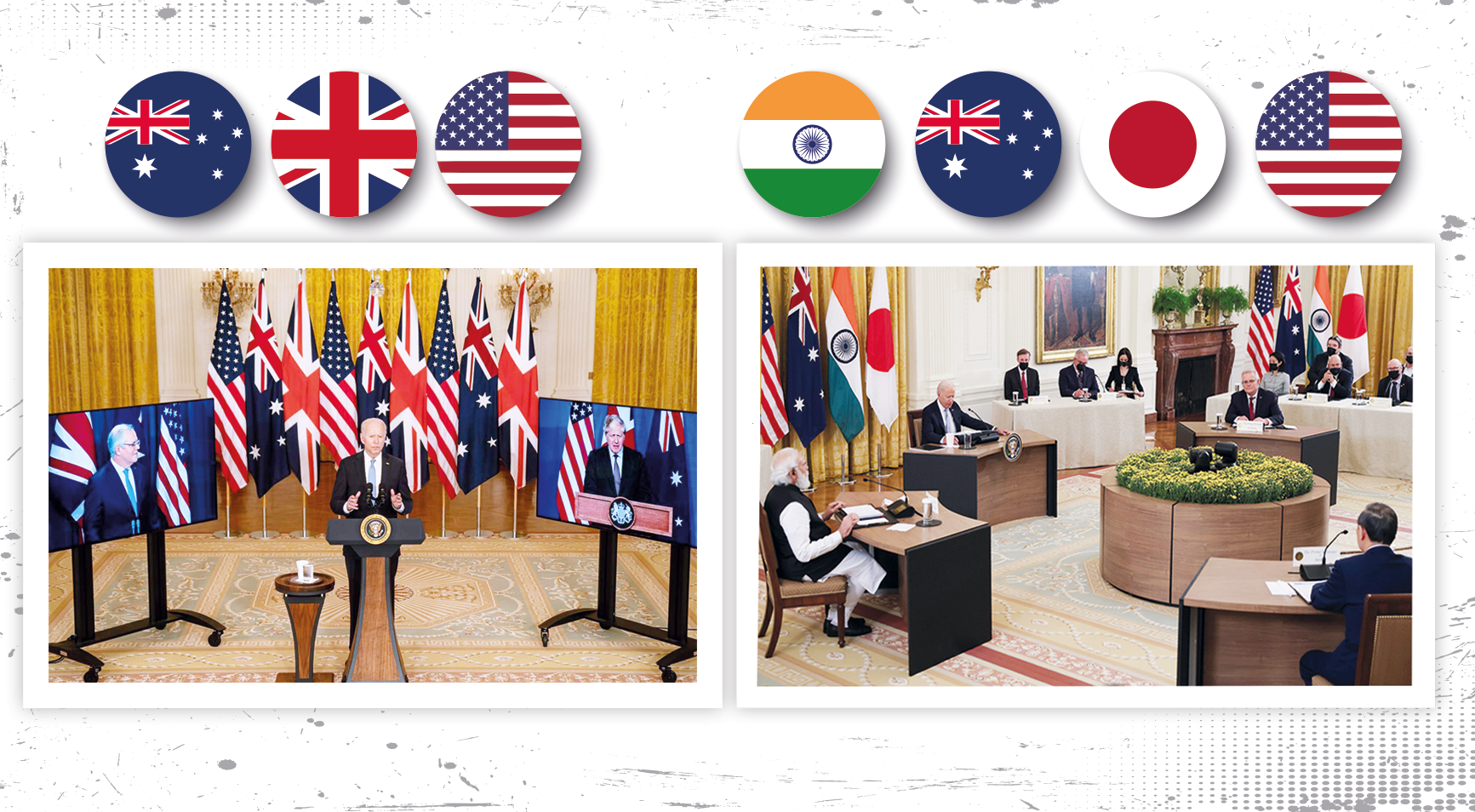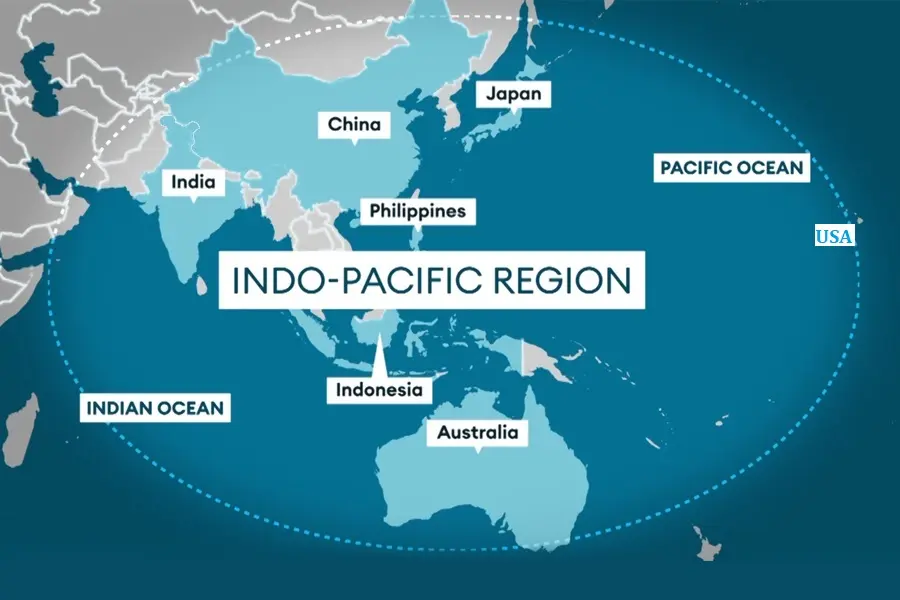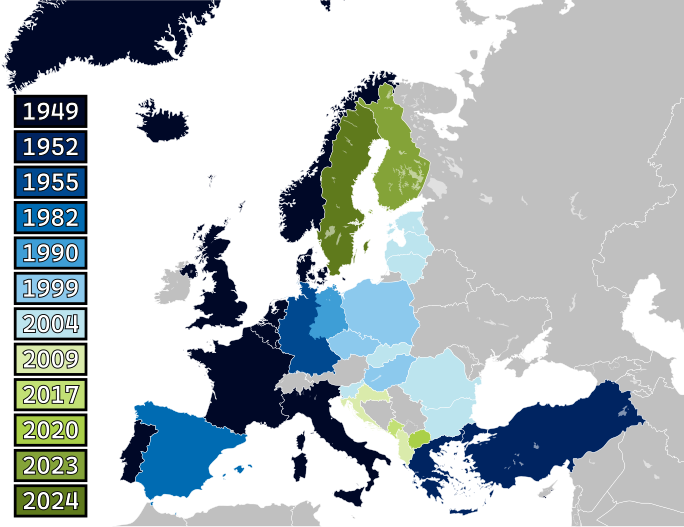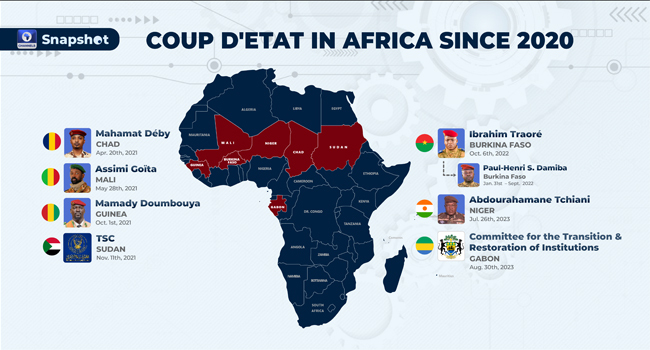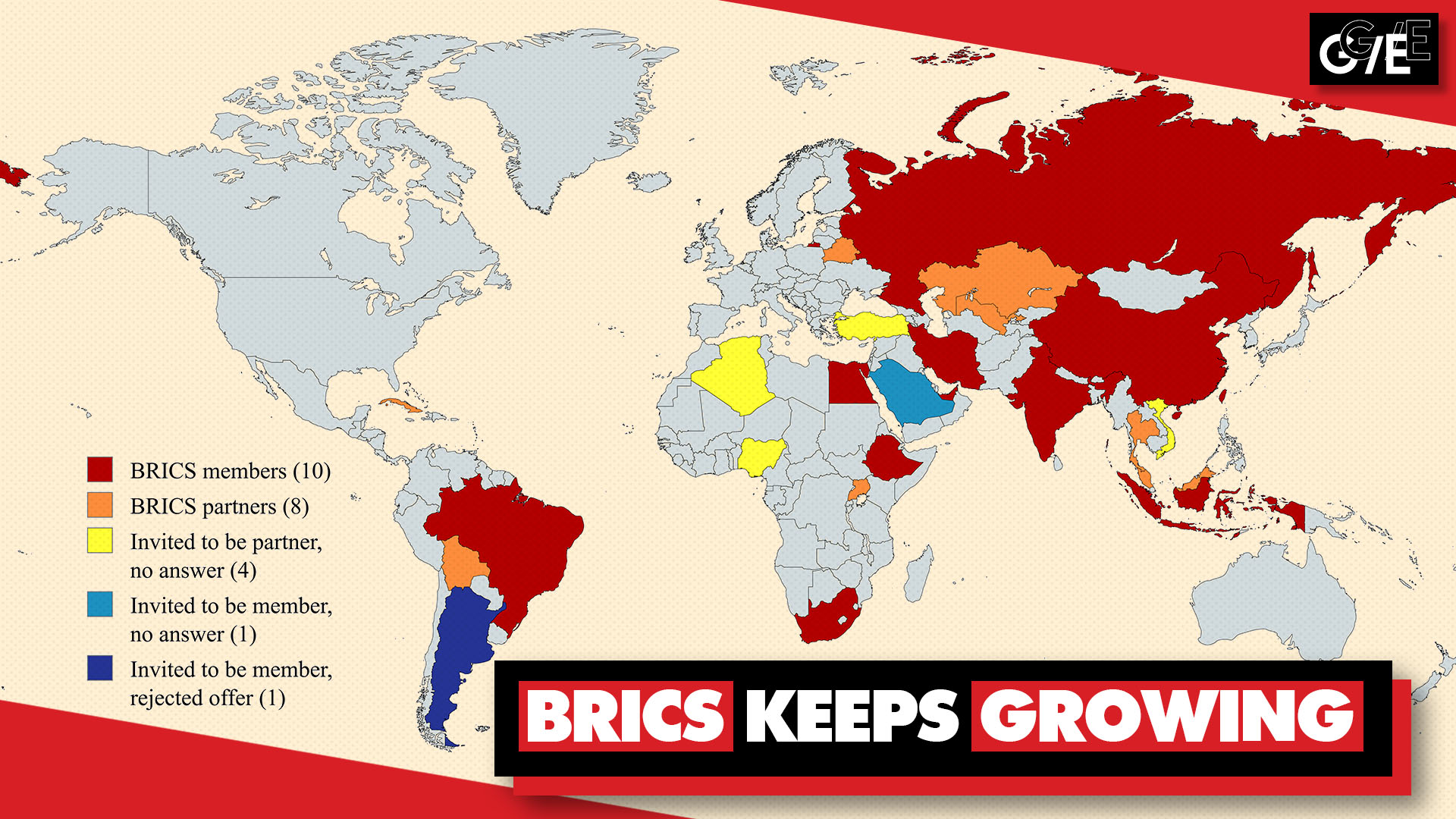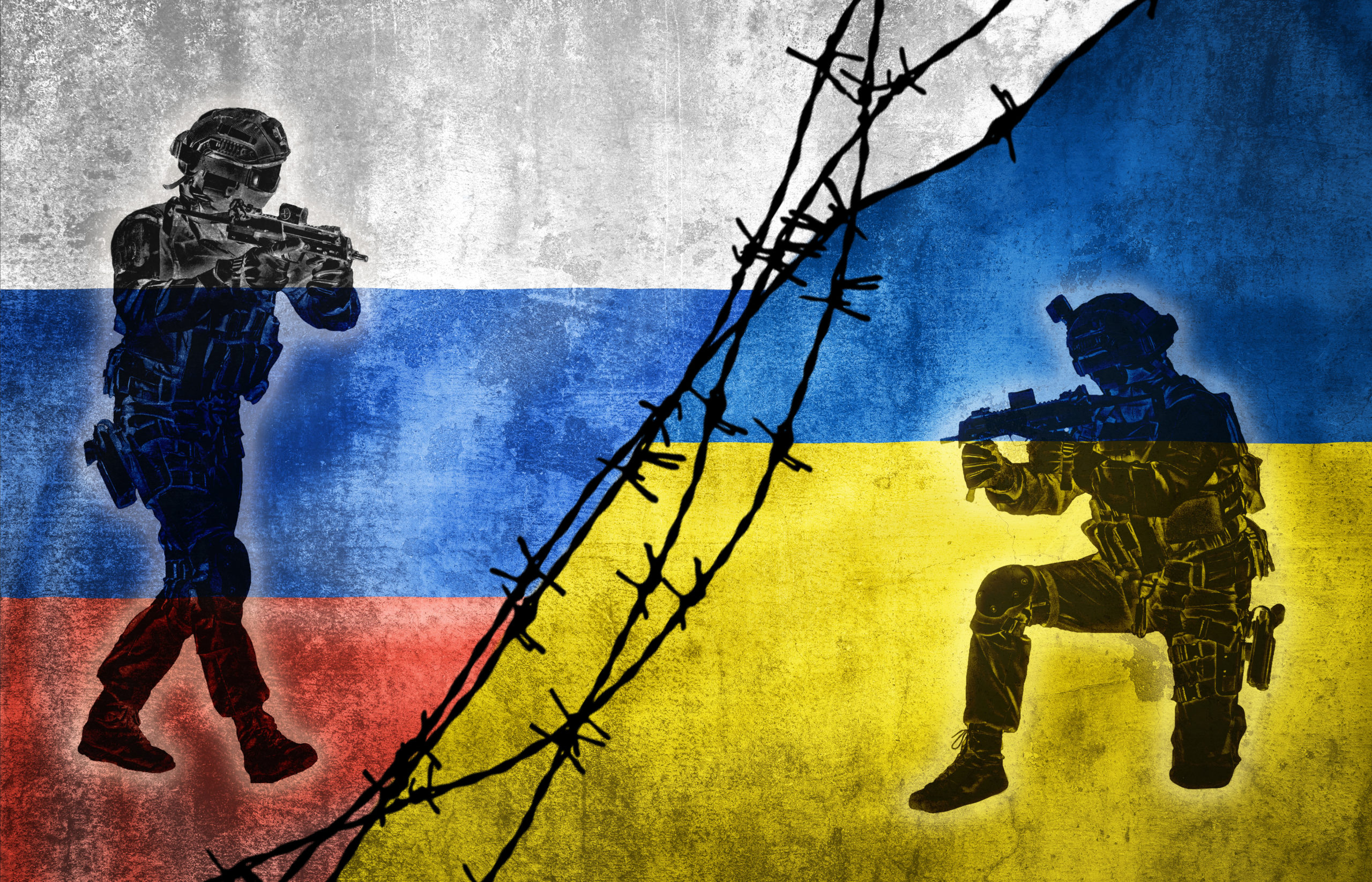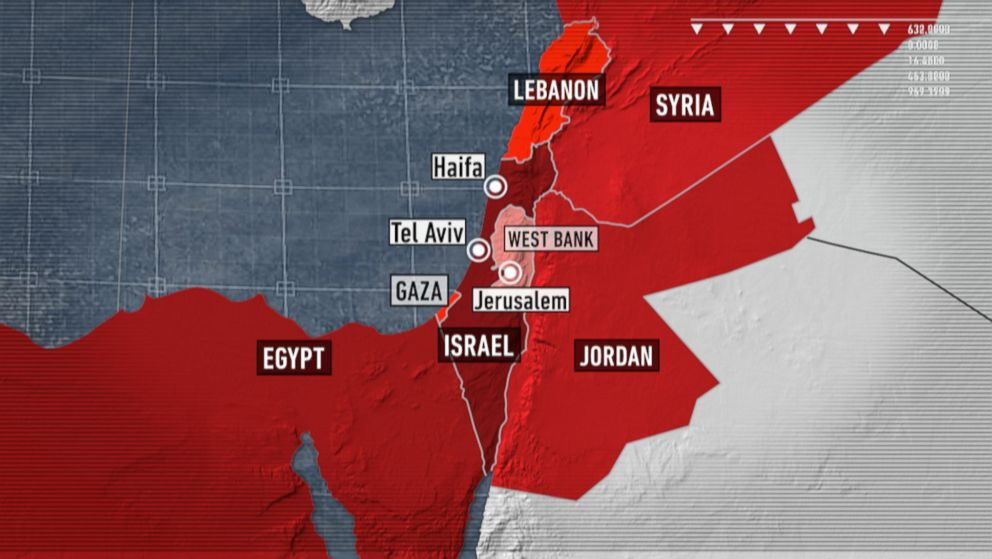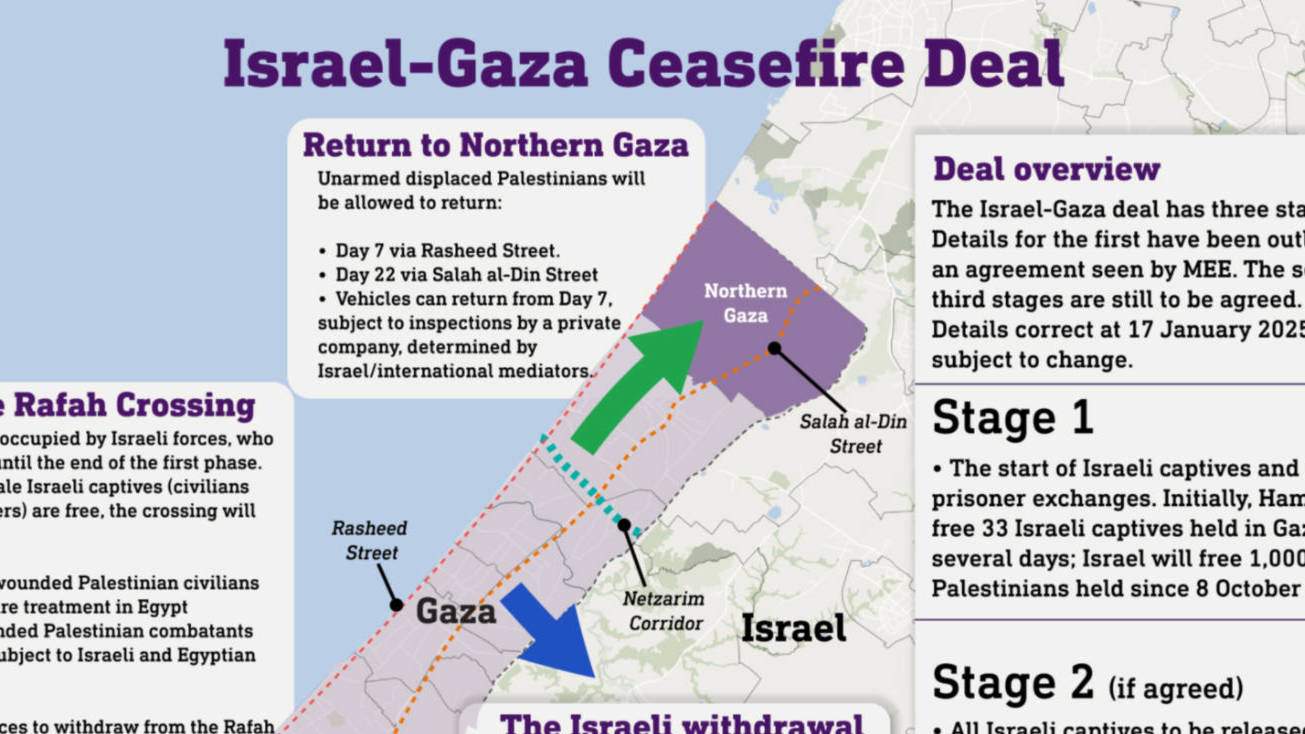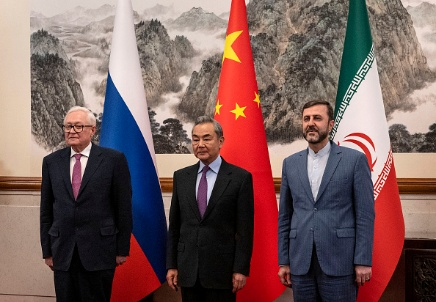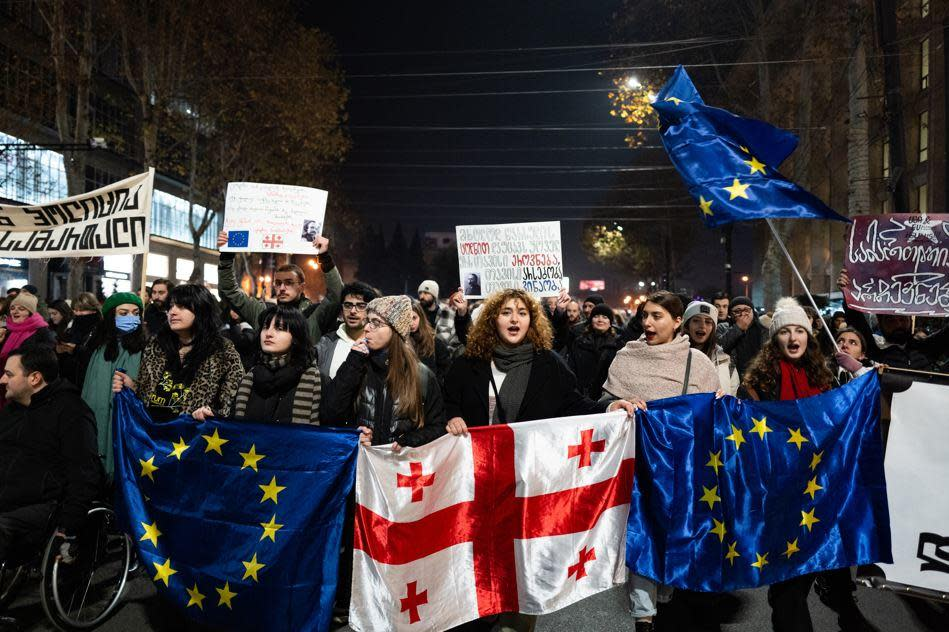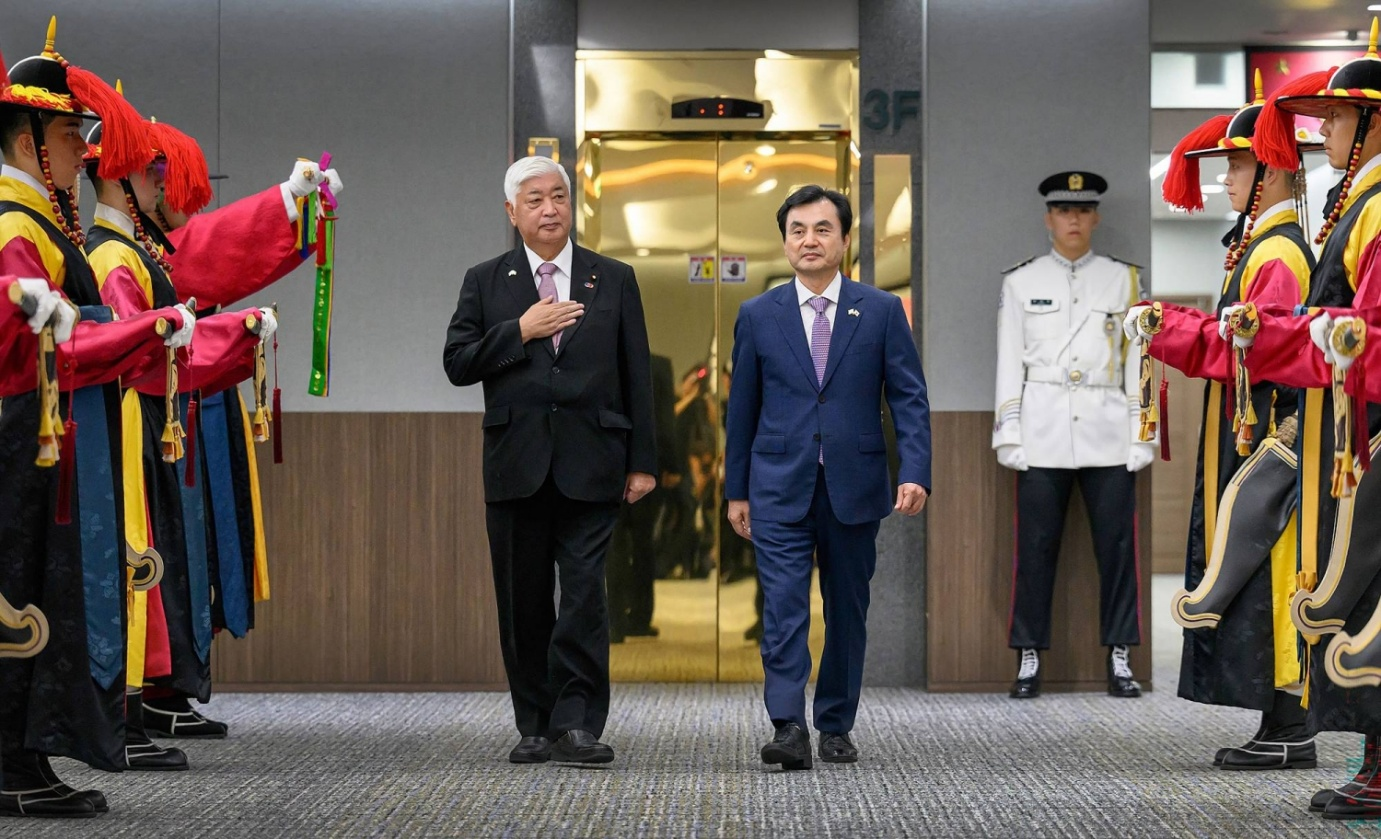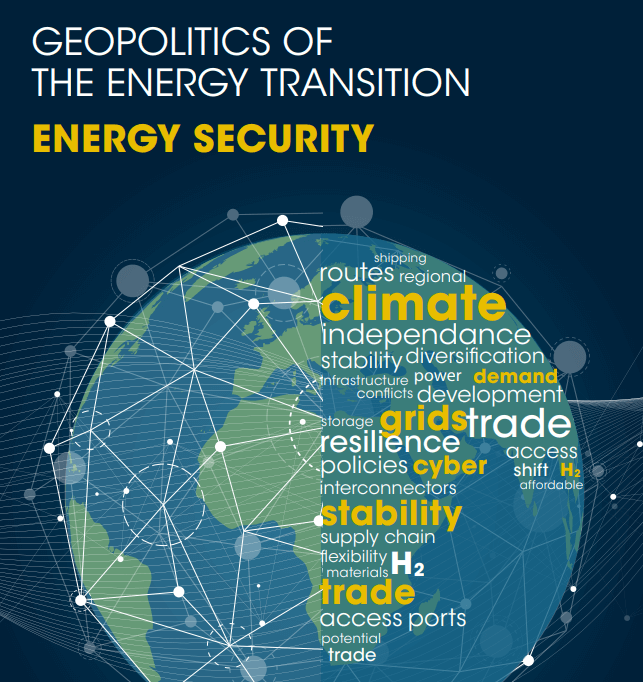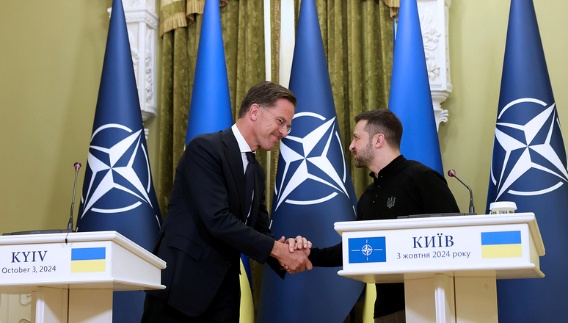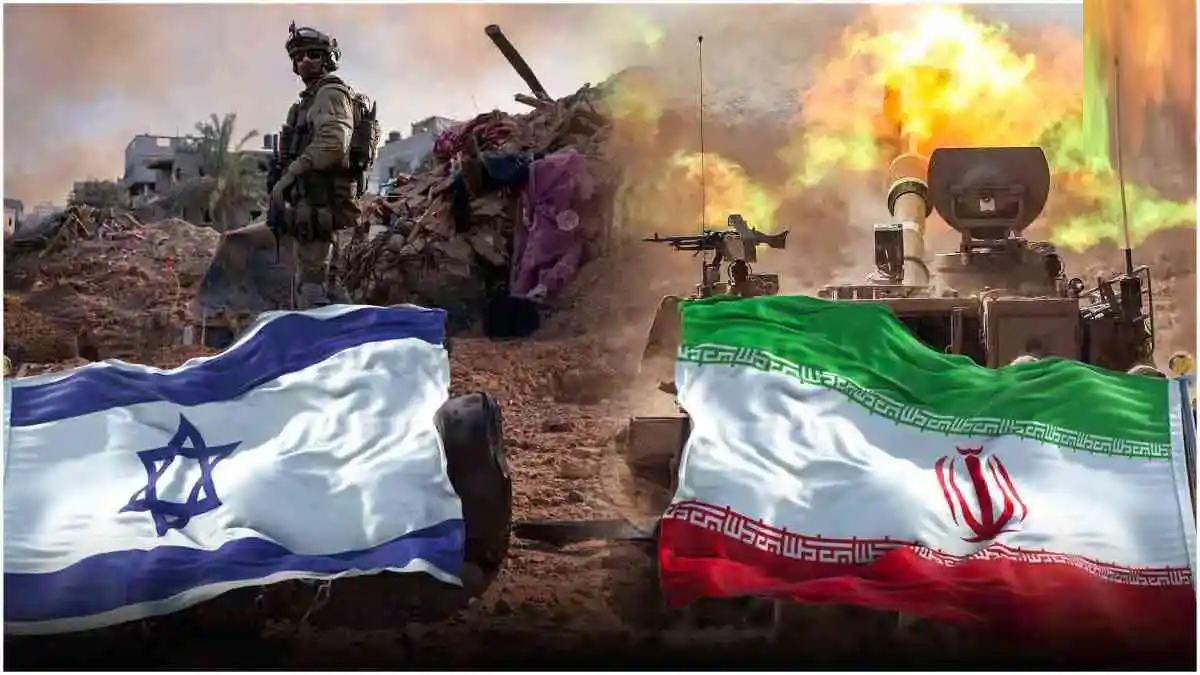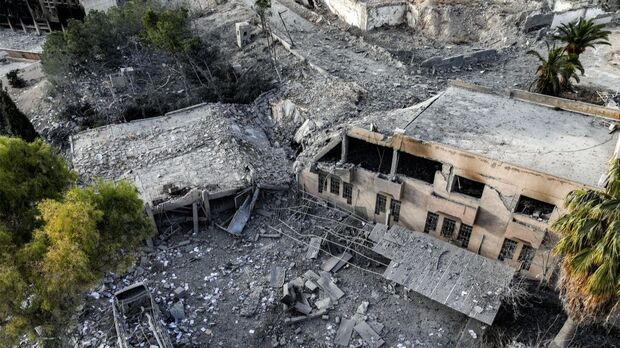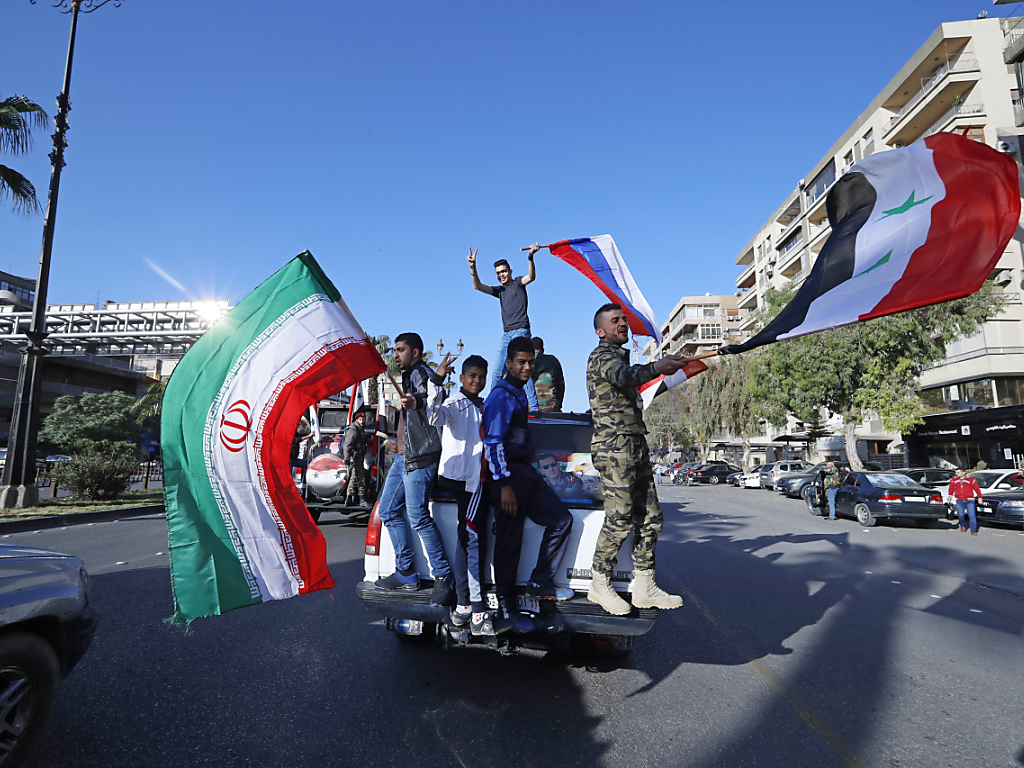
Iran's Strategic Maneuvers Amidst the Gaza Conflict in Eastern Syria
The ongoing conflict between Israel and Hamas in Gaza has had significant repercussions beyond the immediate region, extending its influence to Syria’s volatile eastern territories. Iran, leveraging its alliance with various armed groups, has strategically aimed to exploit the situation to pressure the United States into withdrawing its military presence from Iraq and Syria. This complex dynamic involves a series of calculated military and political maneuvers that reveal Iran’s broader strategic objectives in the region.
Escalation of Attacks
The escalation began noticeably on October 18, 2023, following a devastating explosion at the al-Ahli Arab Hospital in Gaza. The incident, which resulted in hundreds of casualties, was largely attributed to Israel by Arab media, despite Israel's denials. In retaliation, drones and missiles targeted U.S. military bases in southeastern Syria, including those at al-Tanf and the Conoco gas field. The Islamic Resistance in Iraq, an alliance of Iran-aligned factions, claimed responsibility, framing the attacks as retribution for Gaza.
These factions, part of the Hashd al-Shaabi or Popular Mobilization Forces, had previously maintained a ceasefire in support of Iraq's new government. However, the strikes on U.S. bases marked the beginning of a series of aggressive actions, with approximately 150 attacks reported by the end of January 2024. Despite the defensive capabilities of U.S. bases, which mitigated the impact of these attacks, the heightened aggression necessitated a response.
U.S. Retaliation and Further Developments
The U.S. response, though initially measured, intensified over time. In November and December, retaliatory strikes targeted the responsible groups in Iraqi cities and near government facilities, as well as in Syria. These actions culminated in the killing of a senior Revolutionary Guards commander in Damascus. The situation escalated further with a deadly drone attack on Tower 22, a U.S. base in Jordan, resulting in significant casualties.
This attack marked a pivotal moment, prompting Iran-backed groups to temporarily evacuate bases and suspend operations to avoid direct U.S. retaliation. Nevertheless, the strategic focus shifted towards leveraging local Arab tribal militias against the Kurdish-led Syrian Democratic Forces (SDF), thereby weakening their control over eastern Syria without provoking direct U.S. military response.
Strategic Objectives of Iran
Iran’s activities in eastern Syria are driven by multiple strategic objectives:
Expulsion of U.S. Forces: By increasing the operational costs for U.S. troops in Iraq and Syria, Iran aims to incite domestic and international pressure for a U.S. withdrawal. The consistent, albeit contained, attacks serve to wear down U.S. resolve and influence political debate both in the U.S. and Iraq.
Expansion of Influence in Syria: Iran seeks to bolster its presence in eastern Syria, using it as a conduit for arms and support to Hezbollah in Lebanon, and to secure strategic locations such as the al-Tanf base. This base is crucial for Iran as it disrupts their logistics and strategic depth in the region.
Rehabilitating the Syrian Government: By destabilizing the SDF's control and co-opting Arab tribes, Iran aims to strengthen the Syrian government’s hold over eastern Syria, particularly in resource-rich areas. This would facilitate a smoother transition should U.S. forces withdraw, allowing pro-government forces to reclaim these territories.
Role of Arab Tribal Militias
The utilization of Arab tribal militias has been a key element in Iran’s strategy. These militias, based in government-controlled areas, have increased their attacks on SDF positions, capitalizing on local grievances against the Kurdish-dominated administration. The tribal militias’ opposition to SDF rule, perceived preferential treatment of Kurds, and compulsory recruitment practices have made them susceptible to Iranian and Syrian government influence.
Iran’s recruitment efforts have been particularly focused around Khasham, a town near Deir al-Zor. By offering competitive salaries and training, Iran has managed to recruit and arm local fighters, enhancing their operational capabilities. This local approach not only minimizes the risk of direct U.S. retaliation but also destabilizes the region by weakening the SDF's control and legitimacy.
Impact of Turkish Actions
Adding to the complexity, Turkey has also played a significant role in undermining the SDF. Viewing the SDF as an extension of the Kurdistan Workers Party (PKK), Turkey has launched several military operations targeting SDF-held infrastructure in northern and northeastern Syria. These actions have disrupted essential services and reduced the SDF’s economic base, further complicating the situation.
Prospects for Stability
The future of eastern Syria remains precarious. The intertwined interests of Iran, the U.S., and local actors create a volatile environment where any miscalculation could lead to broader regional conflict. While Iran has moderated its direct attacks on U.S. forces to avoid severe retaliation, the continuous harassment and strategic use of local militias suggest a protracted low-intensity conflict aimed at gradually eroding U.S. influence.
A potential mitigating factor could be a durable ceasefire in Gaza, which might ease regional tensions and reduce the immediate impetus for attacks on U.S. assets. However, this alone would not address the underlying strategic objectives of Iran or the local grievances fueling the conflict.
Washington’s response needs to be multifaceted. Beyond military retaliation, the U.S. should focus on addressing the grievances of the local Arab populations under SDF control. This includes mediating between the SDF and Arab tribes to foster more inclusive governance and mitigate the causes of local unrest. Strengthening the SDF’s legitimacy and improving their relations with local communities are essential steps in stabilizing the region.
Moreover, contingency planning for a potential U.S. withdrawal should involve bolstering local defenses and ensuring that any transition does not lead to a vacuum that could be exploited by hostile actors, including both Turkish forces and Syrian government troops backed by Iran.
The situation in eastern Syria is a microcosm of the broader geopolitical struggles in the Middle East, reflecting the intricate interplay of local and international dynamics. Iran’s exploitation of the Gaza conflict to pressure U.S. forces, the strategic use of Arab tribal militias, and the overlapping interests of regional powers like Turkey create a highly unstable environment. For any meaningful stabilization, a comprehensive approach addressing both immediate security concerns and long-term governance issues is crucial. Only through such an integrated strategy can the cycle of violence be broken, paving the way for lasting peace and stability in Syria’s volatile east.

